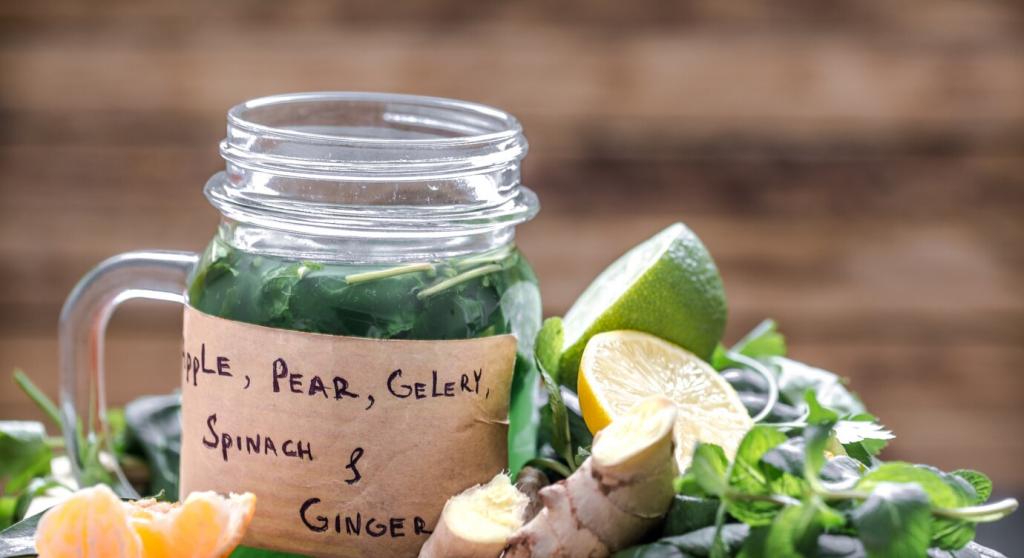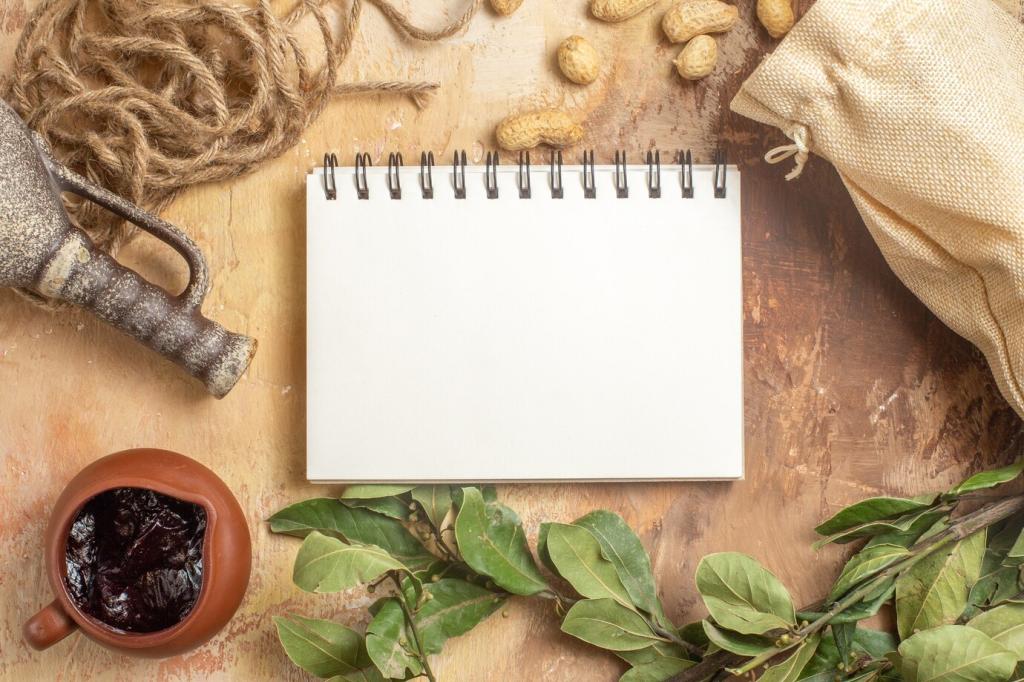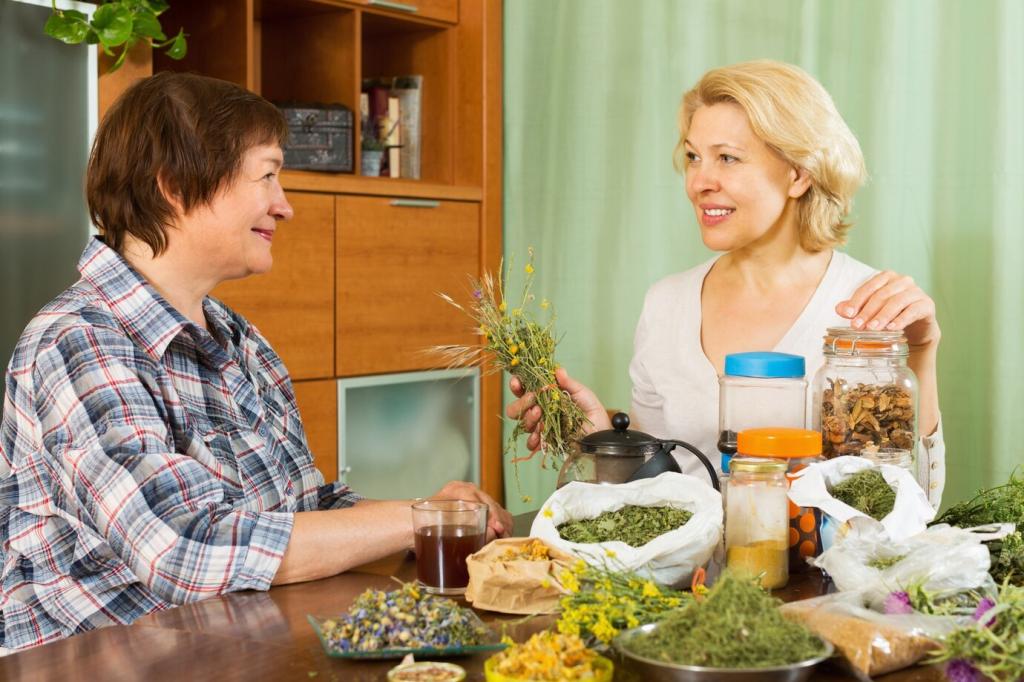Tailored Mix Recipes for Culinary Stars
Try 35% compost, 25% coco coir, 20% perlite, 10% aged bark, 5% worm castings, 5% biochar. Add a light organic fertilizer. Keep pH near 6.3–6.7. Expect compact plants with glossy leaves and sweet clove-like notes. Share your tweaks and tasting notes after two harvests.
Tailored Mix Recipes for Culinary Stars
Blend 25% compost, 20% coco coir, 30% pumice or perlite, 15% aged bark, 5% biochar, 5% coarse sand. Aim for excellent drainage and modest fertility. Keep pH around 6.5–7.0. Report your oil intensity and woody snap after four weeks of sunny growth.











